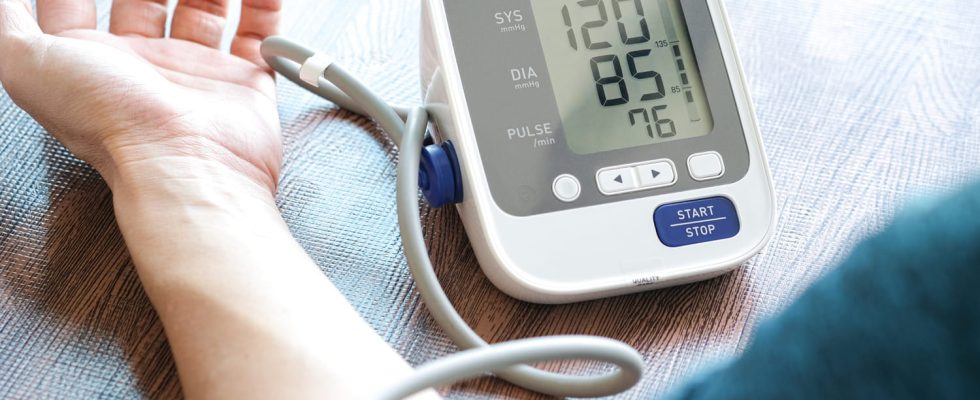ABPM is Ambulatory Blood Pressure Measurement (ABPM or blood pressure holter) which is done at home. It provides more representative information and avoids the white coat effect.
There ambulatory blood pressure measurement (or MAPA) is a pressure record (or) blood pressure for 24 hours at home, in other words, in a person living his normal life. This is also called a blood pressure holter. It provides more representative information than the measurement carried out in the office and makes it possible to avoid the white coat effect or masked hypertension. Many factors can cause blood pressure to vary: activity, stress, rest, sleep…
Why do a MAPA?
ABPM is done when arterial hypertension (or hypotension) is suspected. It thus confirms the reality of high blood pressure in everyday life, in order to avoid the “white coat effect” which can distort the values in the doctor’s office or in the presence of the doctor. It also makes it possible to check the good tolerance or the good effectiveness ofantihypertensive treatment or to ensure the absence of arterial hypotension.
With which device to make an MAPA?
The installation of the blood pressure holter is done by appointment. The device is simple and is installed in the doctor’s office (cardiologist, general practitioner, etc.). An armband connected to a small recording device attached to the belt is installed in the morning. The patient removes the device the next day and returns it. The device takes blood pressure every 15 minutes on average during the day and every 30 minutes overnight. The activities of the day during which the blood pressure monitor is applied must reflect those of regular activities. It is asked to write down on a sheet the different stages of the day (meals, efforts, going to bed, taking antihypertensive drugs, etc.), as well as the activities and any symptoms experienced. The results are then analyzed by the machine which provides a useful report to the doctor.
Is it reimbursed?
The device is lent and provided free of charge by the doctor. The appointment to put it down and return it is not reimbursed.
What are the normal values of an MAPA?
We talk about high blood pressure if we see, on several occasions, the following results:
► The first digit is equal to or greater than 14 cmHg (140 mmHg) regardless of the second digit
► The second digit is equal to or greater than 9cmHg (90 mmHg), regardless of the first digit.
MAPA results table
| Class | Systolic (mmHg) | diastolic |
|---|---|---|
| Optimal | < 120 | and <80 |
| normal | 120-129 | and/or 80-84 |
| normal high | 130-139 | and/or 85-89 |
| Stage I (mild) | 140-159 | and/or 90-99 |
| Stage II (moderate) | 160-179 | and/or 100-109 |
| Stage III (severe) | > 180 | and/or >110 |
Classification of hypertension (adults >18 years old) according to the recommendations of the SSH 2009
What precautions when doing a 24-hour MAPA?
No special precautions are required other than inability to shower or bathe. However, it is advisable to carry out normal activity. The examination should be carried out if possible, in an active person outside of any work stoppage during normal daily activities and excluding holidays and weekends for example. The patient can take his blood pressure whenever he wishes using a device shown to him by the doctor.
If the measurement is done at home by the patient, the recording is then analyzed by the doctor. The average of the blood pressure figures obtained in normal subjects is generally lower than that observed at the doctor’s. If the blood pressure is high several times during the 24 hours, the doctor can confirm the diagnosis of high blood pressure and suggest a diet, physical activity and, if necessary, taking medication.
